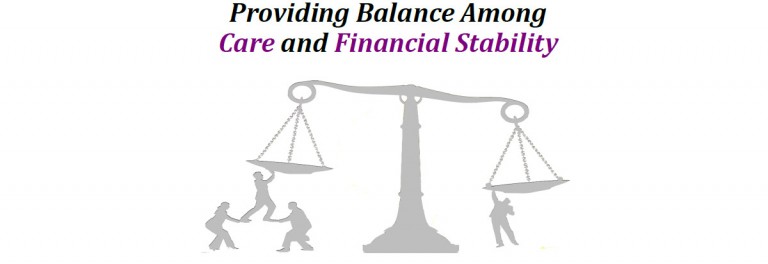
Framing mental health as a disability can actually deter those whose experience of mental health is invisible or temporary, or those who see mental health as having positive attributes. Unlike many disabilities, most mental health challenges are treatable and prevalence is near ubiquitous over the course of a lifetime. As a result, employers who have programs targeting such communities may think they are also supporting people managing mental health conditions when, in fact, they are not doing enough. Many companies view mental health as a sub-set of other communities, such as those involving employees who manage disabilities, participate in general wellness, or are neurodiverse. Understand what mental health really means. Below, we want to share the critical steps we’ve seen businesses with impactful mental health ERGs take, and how you can do the same. Today, as employees prepare to re-enter the workforce, more companies are realizing they need to do the same. We’ve spent the last two years working with leading companies as they launch and grow their programs. employees, almost 70% of workers said that the pandemic has been the most stressful time of their careers, and in study of 2,700 global employees, more than 40% said their mental health has declined since the outbreak.Īt Mind Share Partners, we believe that mental health ERGs are an important part of the solution. These are numbers we expect rise in light of Covid-19. In terms of hiring and retention, younger employees in particular are demanding change: 50% of millennials and 75% of Gen Z employees have left a prior role for mental health reasons - compared to 34% overall. companies nearly $17 billion per year in productivity loss. Unaddressed mental health conditions cost U.S. employees experienced mental health symptoms last year, and yet eight in 10 workers did not seek treatment due to shame.īusiness leaders should regard this as a serious problem. In fact, the most effective are well-poised to address the three top methods of reducing the stigma around mental health: social connection, education, and peer support.ĭespite the significant need for more programs like these, they are not yet widespread in the United States. When done thoughtfully, those that focus on mental health promote diversity and inclusion and provide support for employees managing symptoms of mental health conditions. Having leaders share their experiences is a particularly effective way to educate the entire organization, show support, and reduce the stigma.ĮRGs are created to build community among people with shared identities or experiences at work. This is one of the best ways for people to connect. Finally, make the group a safe space for people to share their stories. As your group becomes formalized, get your legal and HR teams onboard early in the process to make sure your name, mission, audience, and activities are in compliance with privacy laws and comply with the Americans with Disabilities Act (ADA).

Be ready to make the case to your company for why mental health is important. Best practice is to create an ERG with mental health as the primary focus.


Framing it as a part of wellness and only focusing on upstream experiences - like stress management and mindfulness - can increase the stigma for those facing diagnosable conditions. To build one, you first need to understand what “mental health” really means. As we prepare to re-enter the workforce, mental health ERGs could be an effective way to offer people support. employees, almost 70% of workers said that the pandemic has been the most stressful time of their careers.


 0 kommentar(er)
0 kommentar(er)
